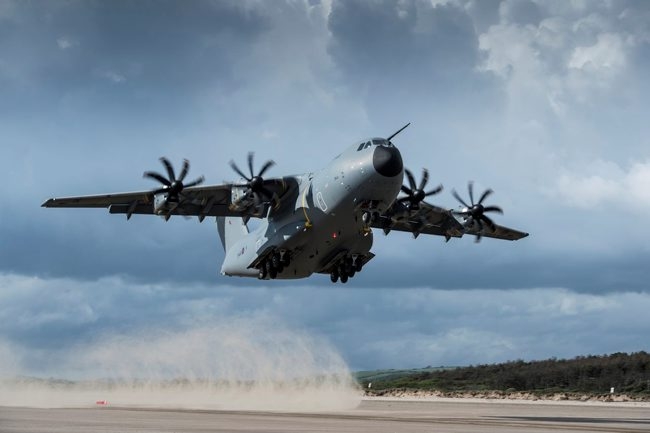The D-Day landings on 6 June 1944 were the largest amphibious military operation ever launched. The greatest armada the world had seen was assembled to transport the Allied force of over 150,000 to the Normandy beaches against stiff German resistance.
To commemorate this anniversary of the landings, we look at the key assaults that occurred that day using a few extracts from Steven Zaloga’s Atlas of the European Campaigns 1944-45.
Allied Deception Prior to D-Day
Prior to 6 June 1944, the German forces overestimated the number of Allied divisions. The Allied forces used several operations to fool the Germans and to conceal their real plans for the landings.
The naval operation on D-Day was used to weaken German defences and to destroy the coastal artillery batteries so they wouldn't interfere with the landings. The effectiveness of the bombardment were mixed.
Omaha Beach contained the densest German defences. Despite the challenges, the Americans were able to gain a small foothold on the beach by the end of the day.
The landings by the Combat Teams 8 of the 4th Division Utah beach were the least costly of the Allied beach landings. However, they had problems securing the several causeways leading away from the beachhead. The German strongpoints blocked the US advance and forced a reconsideration of plans for 7 June.
The British assault on Gold Beach faced several difficulties securing the area as the rough seas delayed the supporting DD tanks and the western flank of the landings has a significant concentration of German bunkers. By the end of the day, British troops had a foothold on the beach but were still short of several objectives.
The Canadian 3rd Division’s landing was delayed by the seas which, combined with numerous German defences, resulted in a difficult assault. Nevertheless, the Canadians pushed into villages but failed to link up with neighbouring British forces on Sword Beach.
Rising tides forced the British 3rd Division to land along a fairly narrow corridor against a single strongpoint. Although they fought a German counter-attack, they failed to complete their key objective- to capture the city of Caen.


Comments
You must be logged in to comment on this post. Click here to log in.
Submit your comment